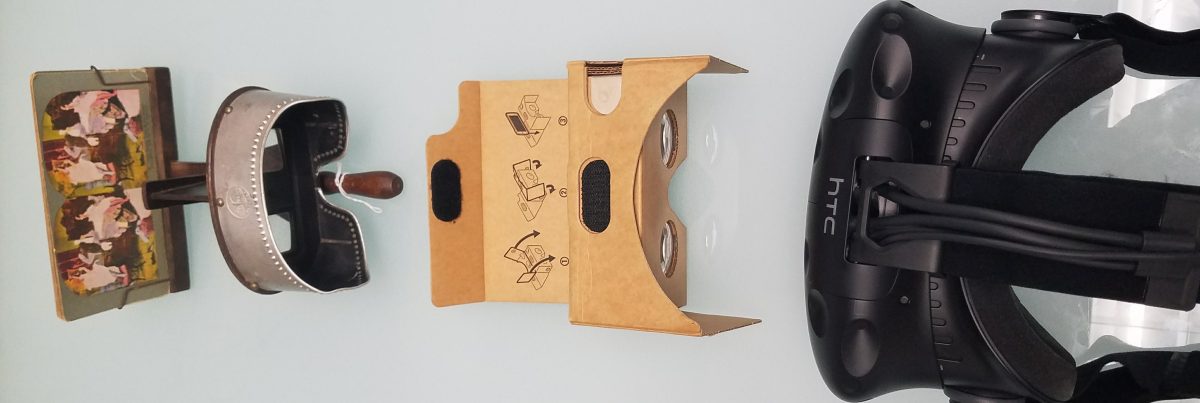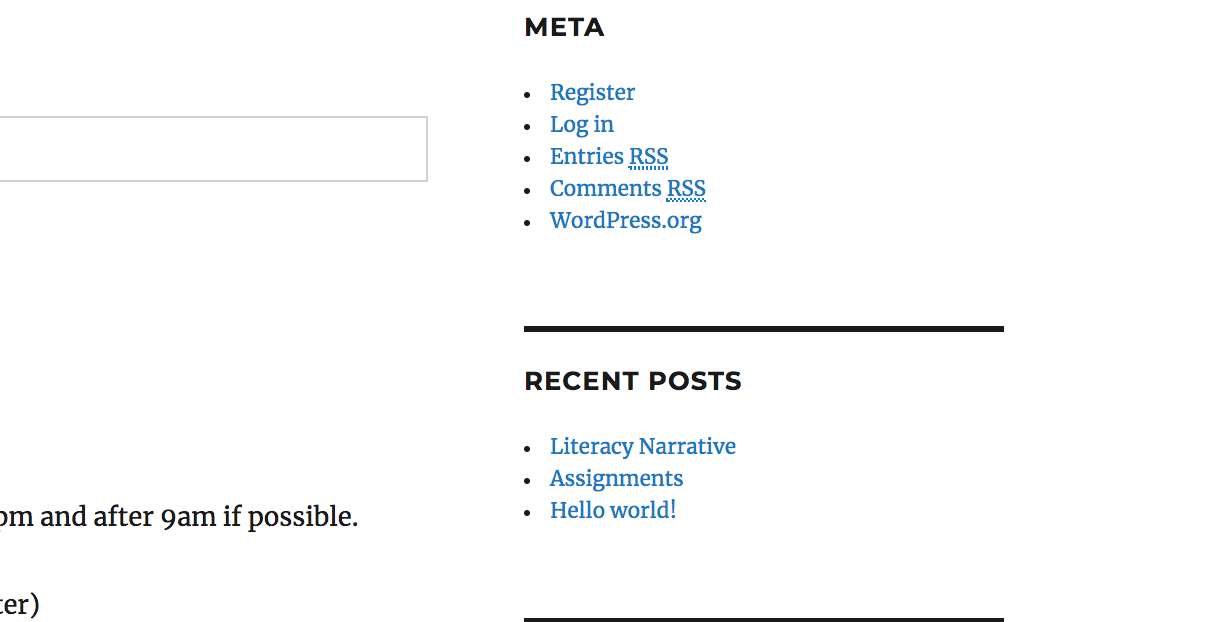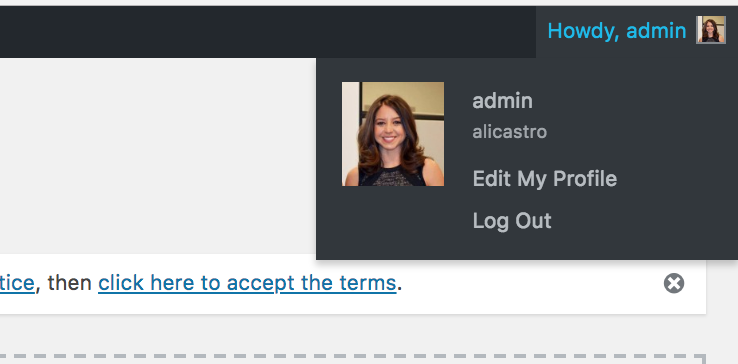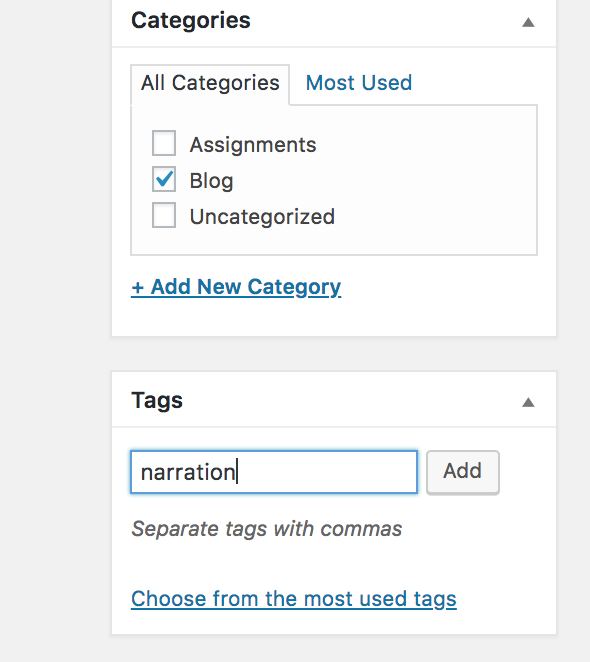We have the privilege of shaping our midterm essays to fit a real publication. Cyborgology, an academic, peer-edited blog, has agreed to work with our class to contextualize and format this assignment for submission to their publication. This publication takes issues presented in literature and contextualizes their overarching questions by relating the content to relevant political and cultural events. Therefore, you will take the themes we have discussed regarding Philip K. Dick’s Do Androids Dream of Electric Sheep and present them to an educated audience in terms of a current event you consider parallel in some significant way. The goal is to shed light on both the novel and our society by pairing them together.
Using the audience, format, genre, and style of a typical Cyborgology post (see list of examples here) as your model, you will craft a ~2,000-3,000 word blog post that answers the question “What Makes Us Human?” with a particular emphasis on the concept of empathy. In order to address this question you must frame it in terms of the texts we have read. Every paper must use Do Androids Dream of Electric Sheep as the primary example, and use at least two of the articles we have read as secondary evidence. You are also welcome to include up to two additional sources from either our course readings or reliable outside sources that you consider essential to make your point. (In other words, you must have a minimum of 3 sources, and a maximum of 5 sources.) All sources must be integrated through summary, paraphrase, or quotation with proper MLA formatting (use OWL at Purdue for guidance).
Please see the Cyborgology submission guidelines for further information. You can and should include hyperlinks to your sources as indicated in this guide. You are also encouraged to use images, videos, or infographics that demonstrate your point (with captions and citations). Also, read this post on writing for a public audience by editor David Banks.
Sample outline: *From Cyborgology editor David Banks*
- Introduction to X
- Sentence telegraphing at the possibility that X is better understood with Y.
- Summary of coverage of X
- Why summary is wrong/incomplete/misunderstood by 3rd parties.
- Introduction of theory Y
- Application of theory Y
- Synthesis of X and Y
- Prescriptions and conclusions
Two printed copies of your draft in TNR, size 12, double spaced are due on 10/4 in class and a revised copy for our conference. Your final essay must be posted to our site under category “midterm” and tag “cyborgology” by 10/9.
Here is the rubric.




